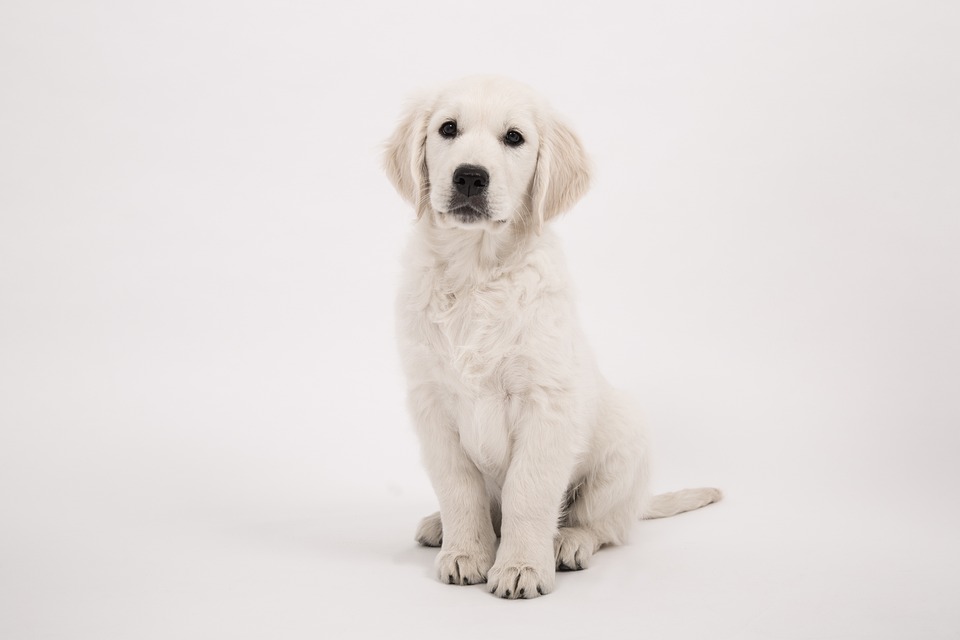As a dog owner, ensuring that your furry friend plays safely and harmoniously with children is of utmost importance. By implementing proper training techniques, you can create an environment that promotes both fun and safety during playtime. In this article, we will provide you with valuable insights and tips on how to train your dog for safe and controlled play with children.
Why is Training for Safe Play Important?
Understanding the significance of training for safe play: Training your dog for safe play is essential to prevent accidents and ensure a happy environment for both dogs and children. It helps establish boundaries and promotes positive interactions.
The benefits of fostering a positive relationship between dogs and children: When dogs and children have a positive relationship, it can have numerous benefits. It promotes empathy, responsibility, and social skills in children, while also providing companionship and emotional support to dogs.
Reducing the risk of accidents and promoting a happy environment: Proper training reduces the chances of dog bites or injuries during playtime. It also creates a harmonious environment where both dogs and children can enjoy their time together.
Introducing Dogs to Children: Step-by-Step Guide
1. Gradual Introductions: It is important to start with controlled meetings between your dog and children. Allow them to observe each other from a safe distance and gradually decrease the distance over time.
2. Supervised Interactions: Always ensure that there is constant adult supervision during playtime. This will help prevent any mishaps and allow you to intervene if necessary.
3. Setting Boundaries: Teach both dogs and children to respect personal space. Establish clear boundaries and ensure that everyone understands and follows them.
4. Positive Reinforcement: Reward desirable behavior in both dogs and children. This can include gentle petting, treats, or verbal praise. Discourage undesirable actions by redirecting their attention or using a firm “no” command.
5. Teaching Gentle Play: Encourage dogs to play gently with kids by using toys specifically designed for interactive play. Teach them to be careful with their mouths and paws and discourage any rough behavior.
Training Techniques for Safe Play
1. Basic Obedience Training: Implement fundamental commands such as sit, stay, and come. These commands provide control and help ensure safety during play.
2. Leave It Command: Teach your dog to avoid grabbing objects or food from children. This command can be crucial in preventing accidents or conflicts.
3. Drop It Command: Train your dog to release toys or objects when prompted. This ensures that they don’t possessively guard toys or accidentally harm children while playing.
4. Calm Down Command: Help your dog stay calm and avoid overexcitement during play. This command is useful in preventing any unintentional rough play.
5. Boundary Training: Teach your dog to respect play boundaries and stay within designated areas. This helps prevent dogs from chasing after children or running into potentially dangerous situations.
Addressing Common Challenges
1. Fearful Dogs: If your dog is fearful or anxious around children, gradually expose them to positive experiences with children in a controlled environment. Use treats and positive reinforcement to associate children with good experiences.
2. Resource Guarding: If your dog exhibits possessive behavior over toys or food, consult with a professional dog trainer or behaviorist. They can provide guidance on how to address this issue.
3. Jumping Up: Correct your dog’s tendency to jump up on children by teaching them alternative behaviors such as sitting or offering a paw for a handshake. Consistently reward the desired behavior and ignore or redirect the jumping behavior.
4. Chasing Behavior: Train your dog to refrain from chasing children or bicycles. Use commands like “leave it” or “come” to redirect their attention and reward them for responding appropriately.
5. Barking and Growling: If your dog tends to bark or growl during play, address the underlying cause of their behavior. Consult with a professional to identify the triggers and develop a training plan to manage and modify this behavior.
FAQs about Training for Safe and Controlled Play with Children
Q: How can I teach my dog to be gentle with children?
A: Start by rewarding and encouraging gentle play behavior. Gradually introduce your dog to children, providing supervision and positive reinforcement when they display gentle behavior. Consistency and patience are key.
Q: What should I do if my dog becomes aggressive during play?
A: If your dog shows signs of aggression, remove them from the situation immediately and consult with a professional dog trainer or behaviorist. Aggression can be a serious issue that requires expert guidance.
Q: Should I allow my dog to play with children unsupervised?
A: No, it is crucial to supervise all interactions between dogs and children, especially during the initial stages. Never leave them alone together until you are confident in their ability to play safely.
Q: Are certain dog breeds more suitable for play with children?
A: While certain breeds may have a reputation for being more child-friendly, it ultimately depends on the individual dog’s temperament and training. Proper training and socialization are key factors in ensuring safe play, regardless of breed.
Q: How long does it typically take for a dog to learn safe play with children?
A: The time required for training can vary depending on the dog’s personality, previous experiences, and the consistency of training efforts. It is important to be patient and allow your dog to progress at their own pace.
By implementing these training techniques and providing proper supervision, you can create an environment where your dog and children can play safely and enjoyably. Remember, training is an ongoing process, so continue reinforcing positive behaviors and addressing any challenges that may arise. With patience and dedication, you can foster a loving and secure bond between your dog and children, ensuring happy and harmonious playtime for all.









